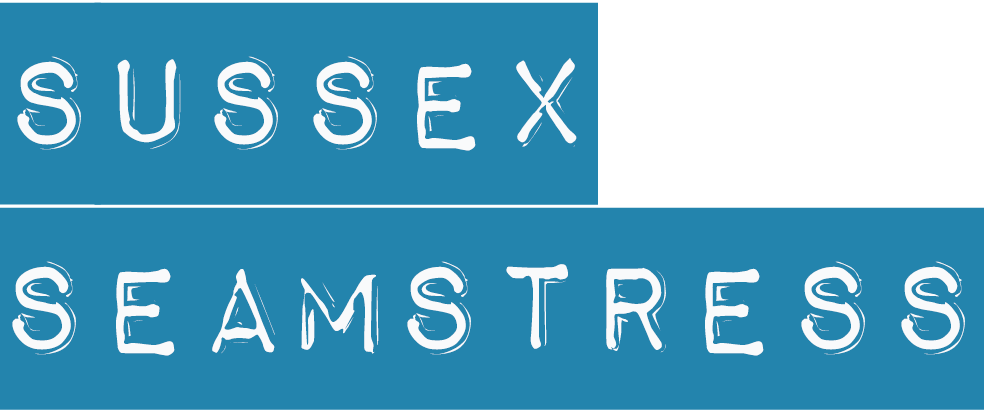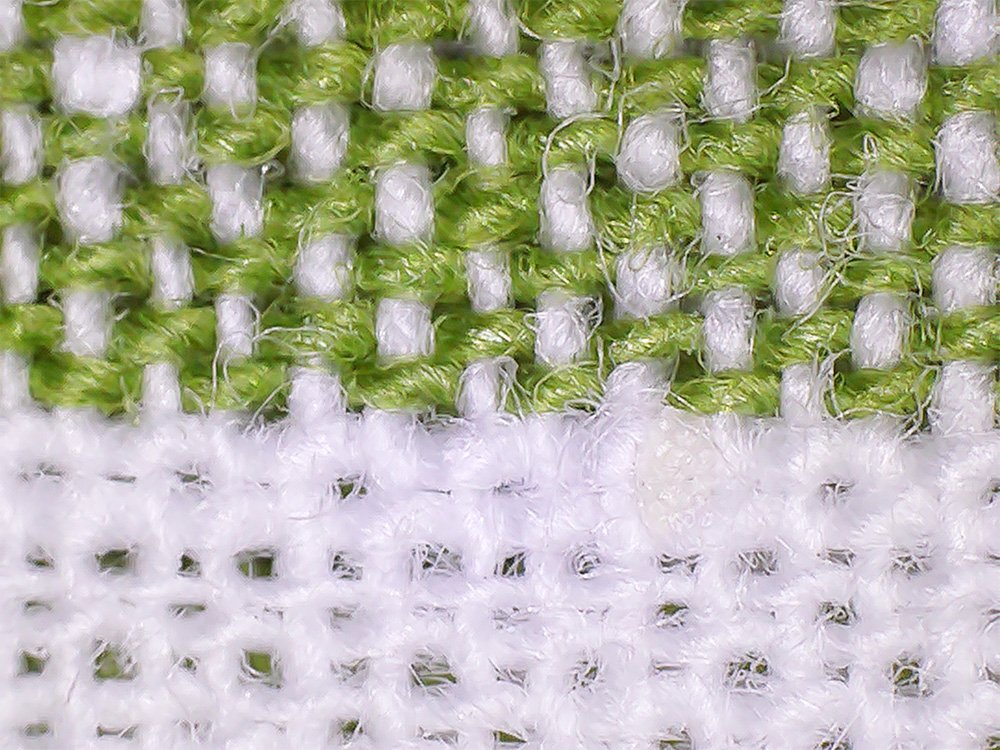How to choose the correct fabric for your make
Before you can start making anything, you’ll need to decide what fabric to make it from.
It’s always tricky as a novice to know which fabric will suit your chosen style. Most patterns will give some suggestions. Always use this as a guide as some designs will need drape, others more structure, etc. Choosing the wrong fabric type for the job can lead to disappointing results.
There are two main fabric groups, natural fibre and synthetic fibre. Natural fibres are cotton, linen, wool and silk. Synthetic fibres include acetate, acrylic, nylon and polyester. Falling somewhere between these groups we have Viscose (manufactured from cellulose) and Rayon (manufactured from wood pulp).
Fabrics made from all these fibres come in different weights or thicknesses and weaves, which suit different garment types and styles.
Lightweight Fabrics
Silk Chiffon, a lightweight fabric.
Lightweight fabrics such as double gauze, cheesecloth, chiffon, crepe de chine, habotai, georgette, lawn, muslin, organdie, organza and voile are ideal for lingerie, nightwear and summer clothing.
Medium Weight Fabrics
Cotton, a medium weight fabric.
Medium weight fabrics such as cotton, chambray, crepe, linen, dupion, poplin and lighter weight wools, generally work for dresses, trousers, shirts and skirts.
Heavier Weight Fabrics
Denim, a heavier weight fabric
Canvas, corduroy, denim, tweed, velvet and wool are of heavier weight and suitable for trousers, skirts, outerwear (coats) and bags.
Personally I make mostly in natural fibres as I find them more comfortable to wear. Some synthetics can feel a bit sticky on a hot day for example.
Knitted fabrics such as jersey, lycra and pointe roma are comfortable to wear and suited to lounge and sports wear.
Sussex Seamstress is an independent pattern maker, based in Sussex, UK.
While you’re here, why not take a look at my range of sewing patterns for women?






